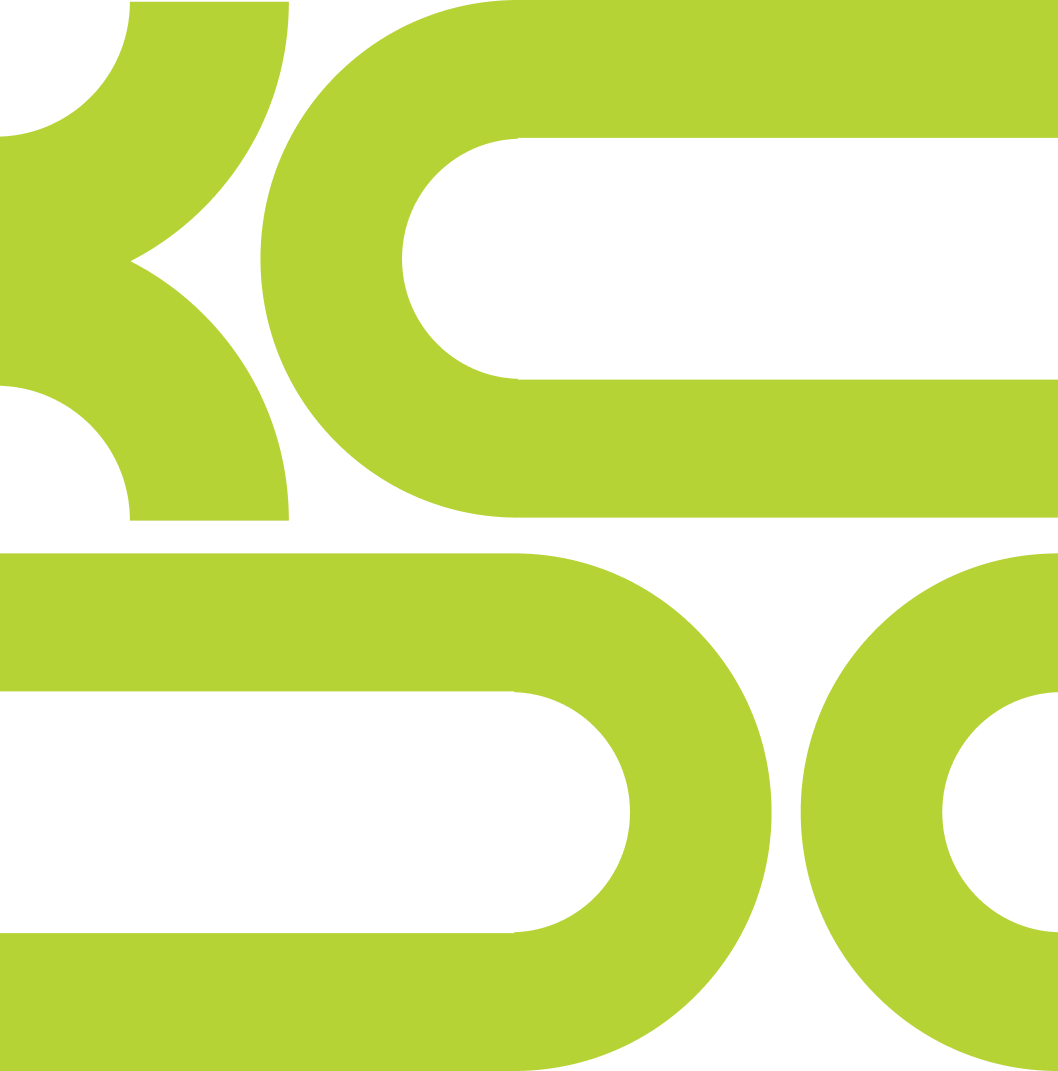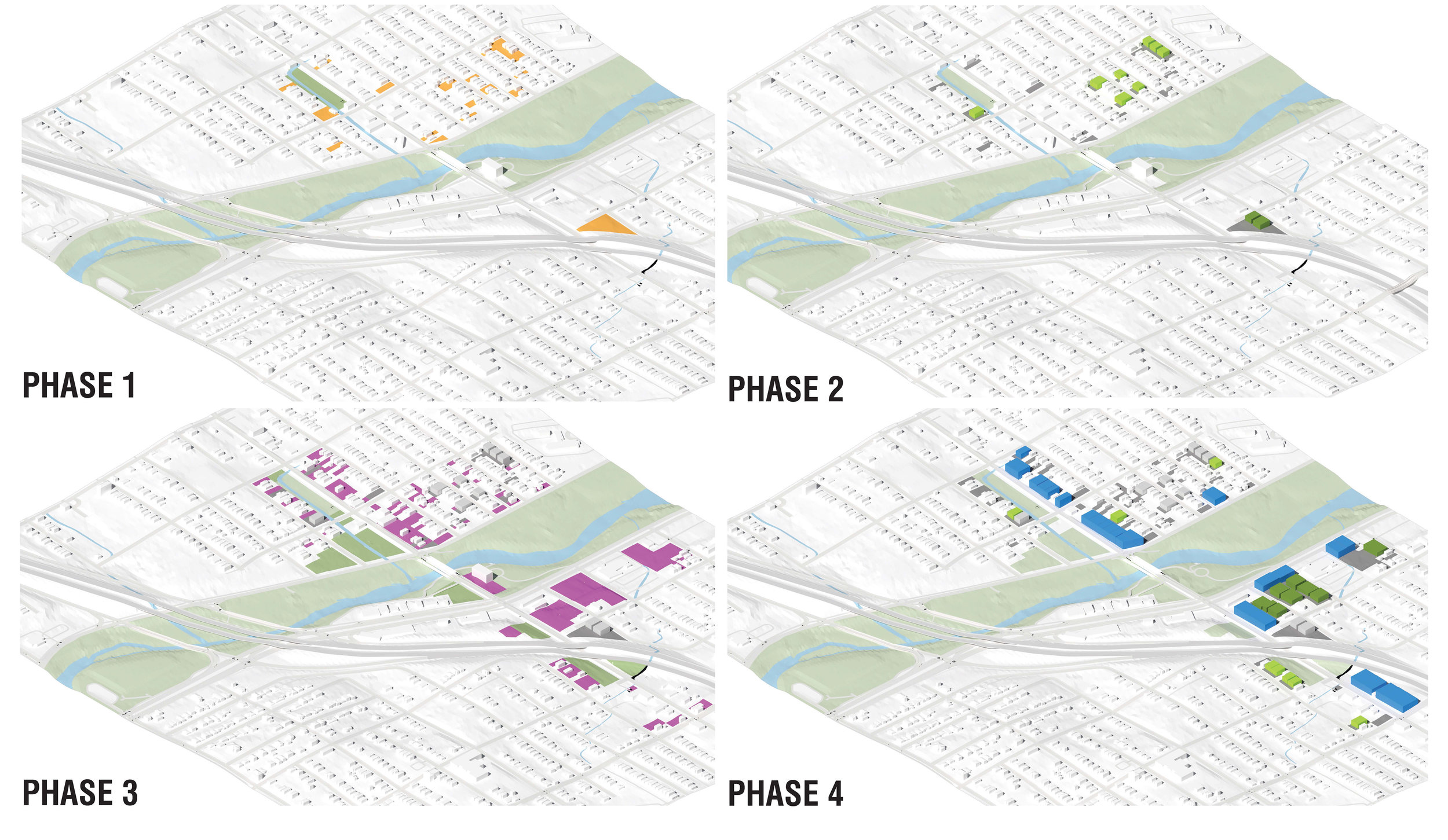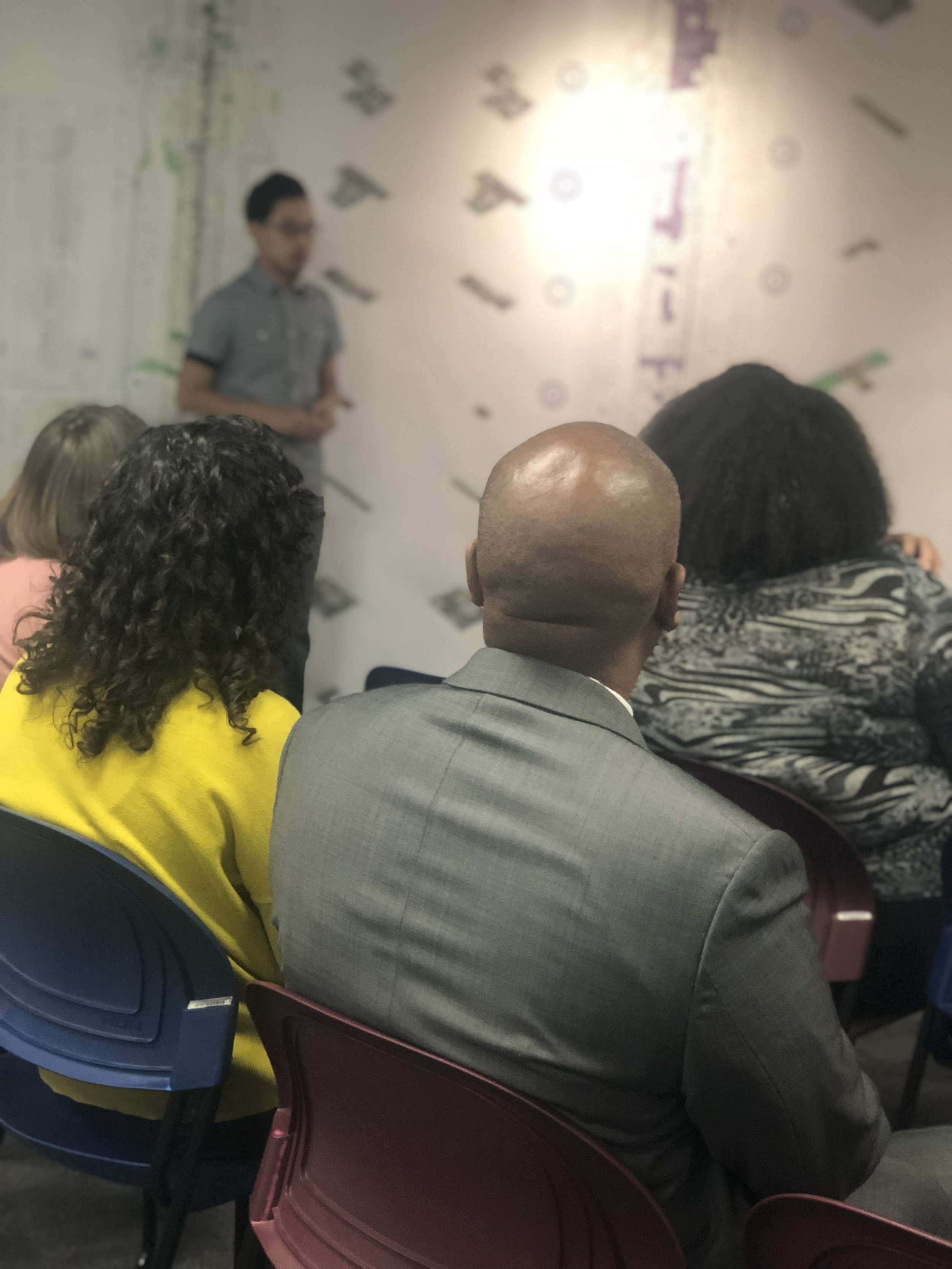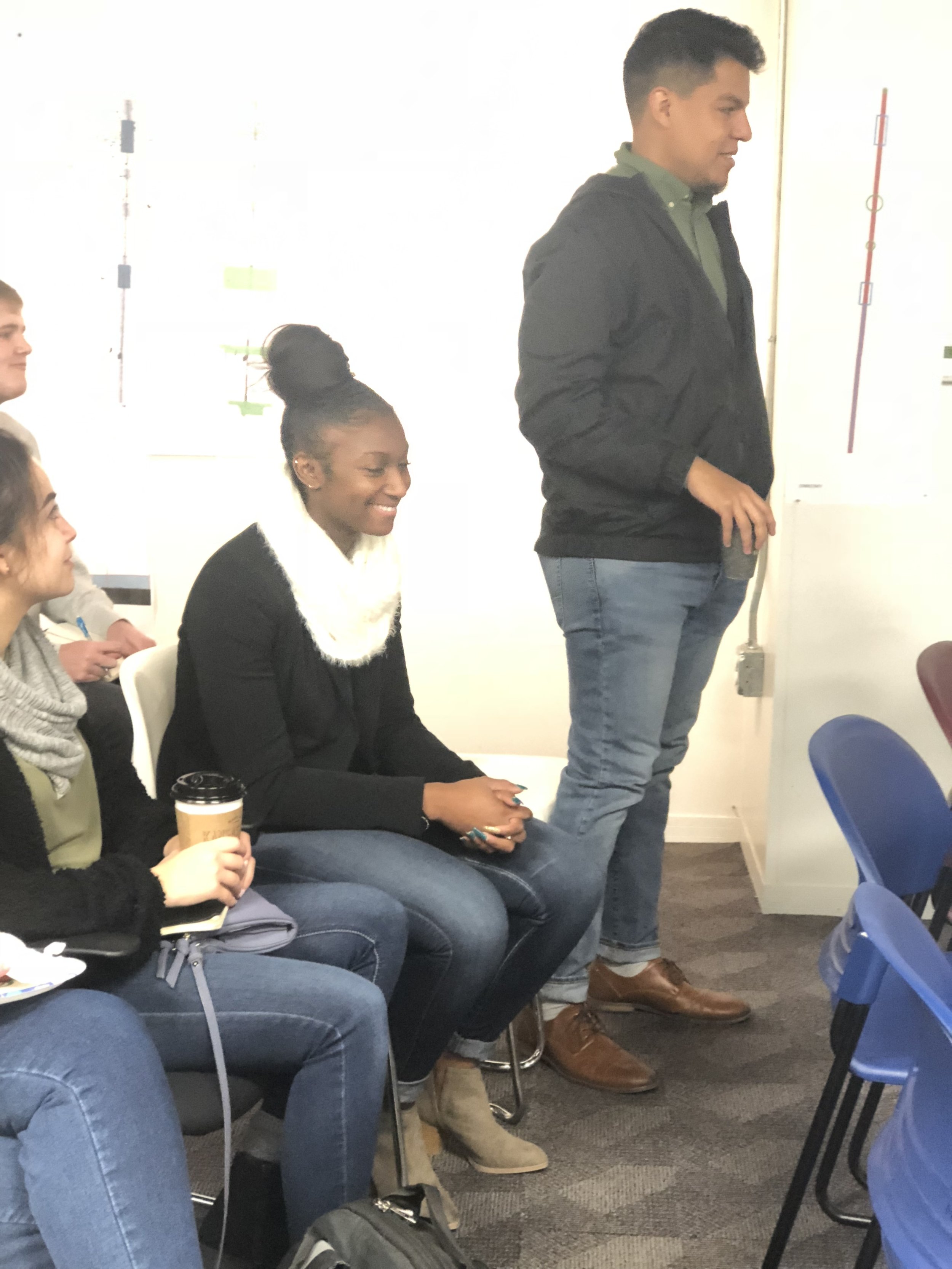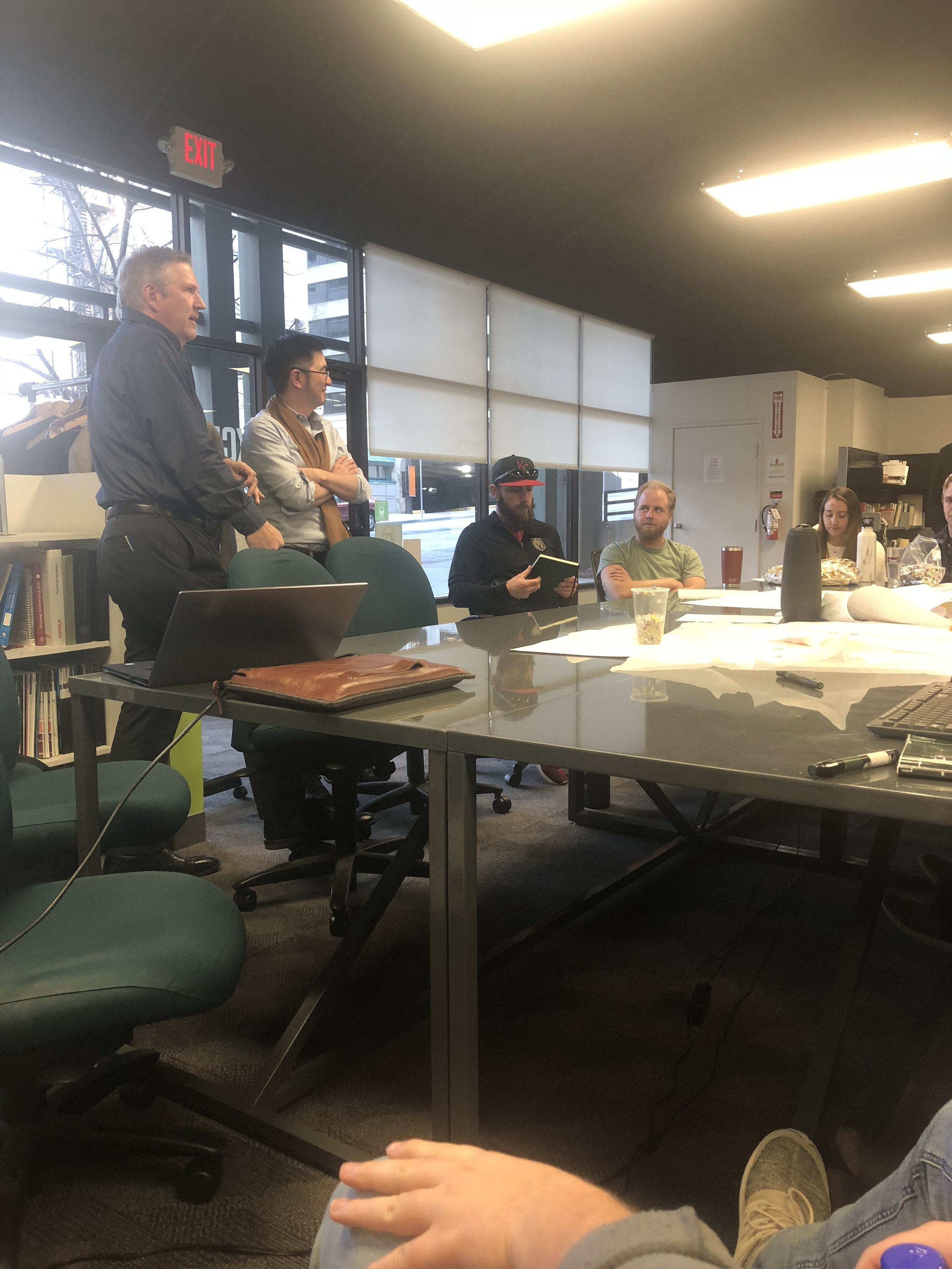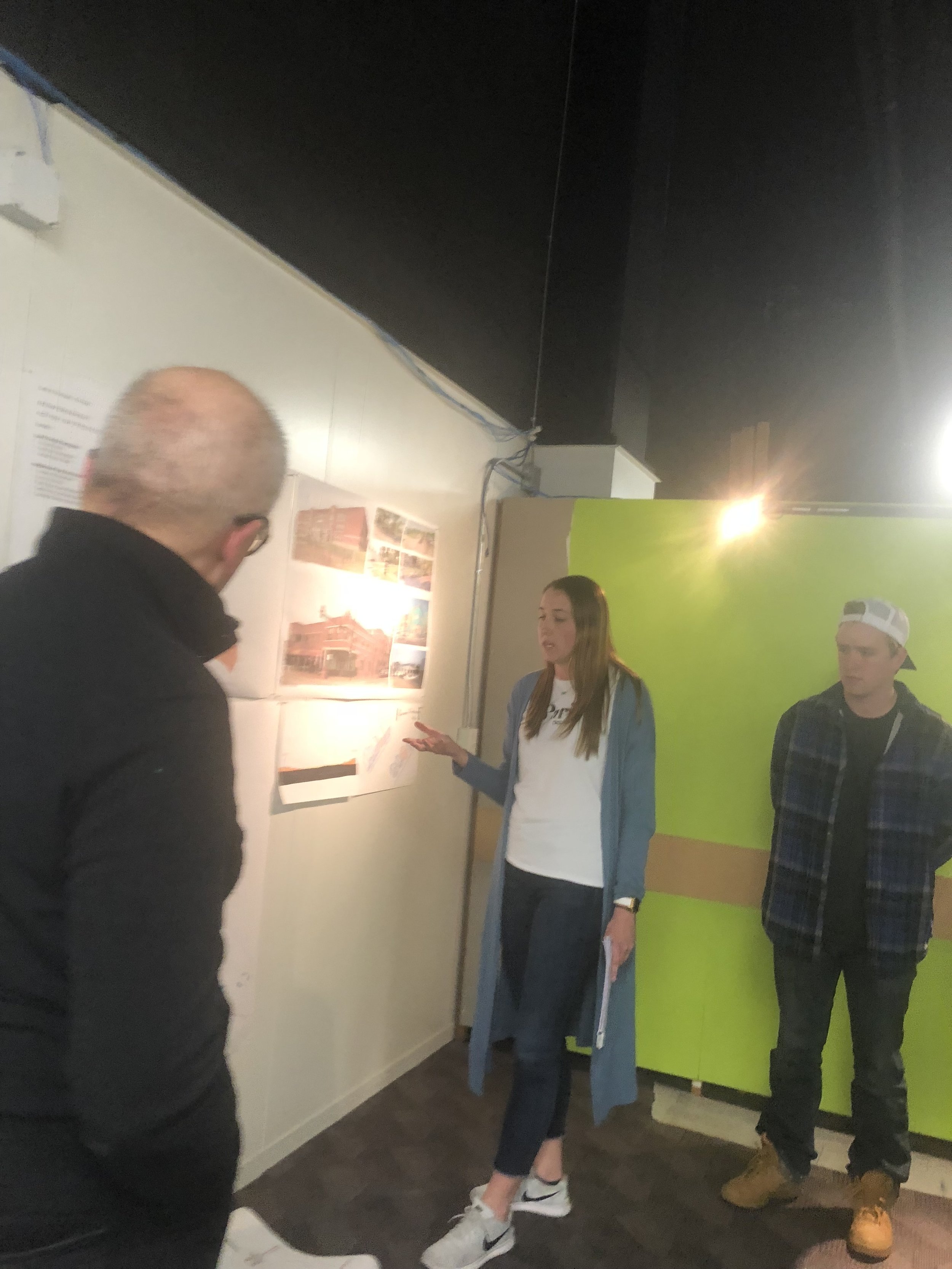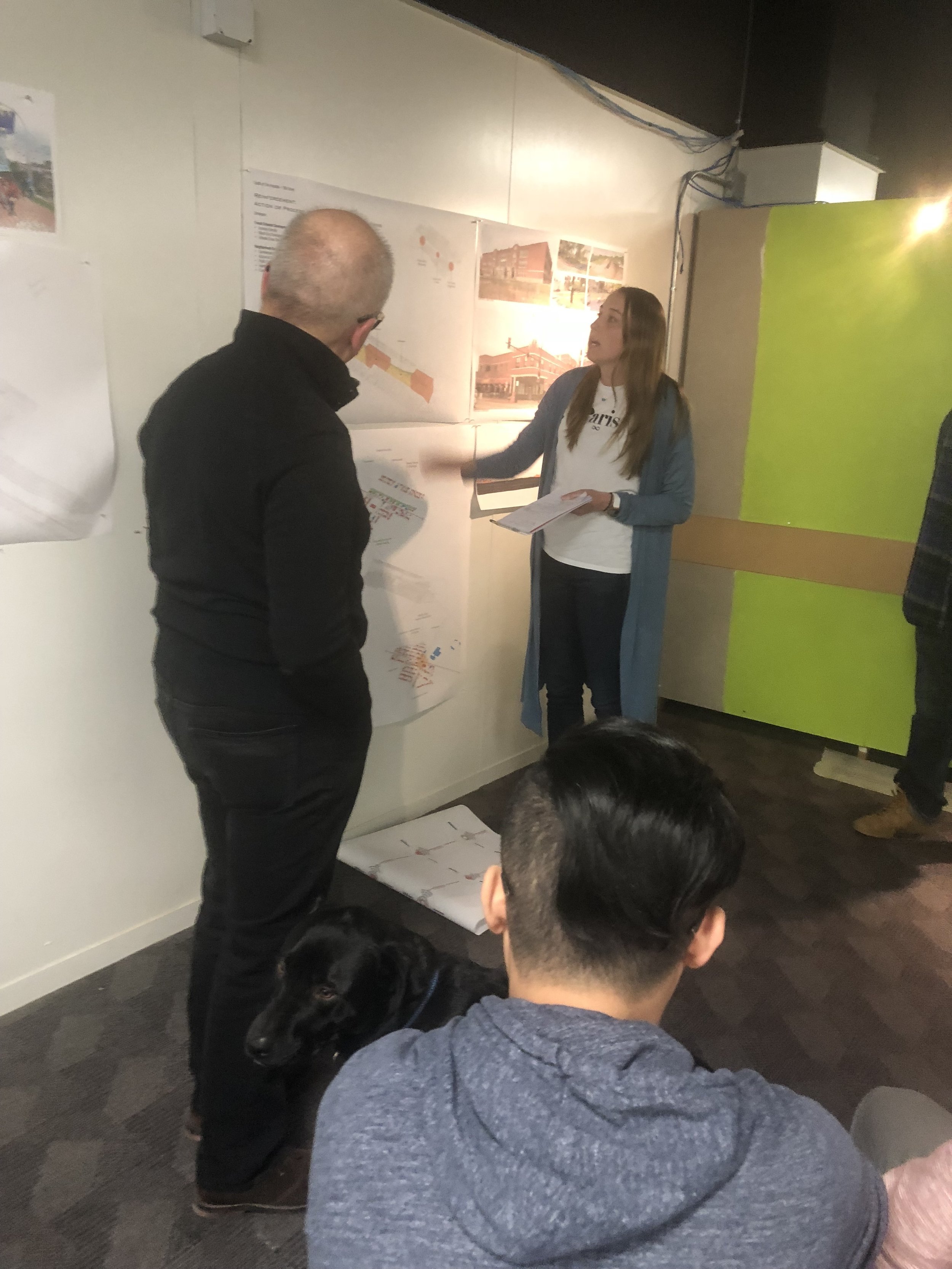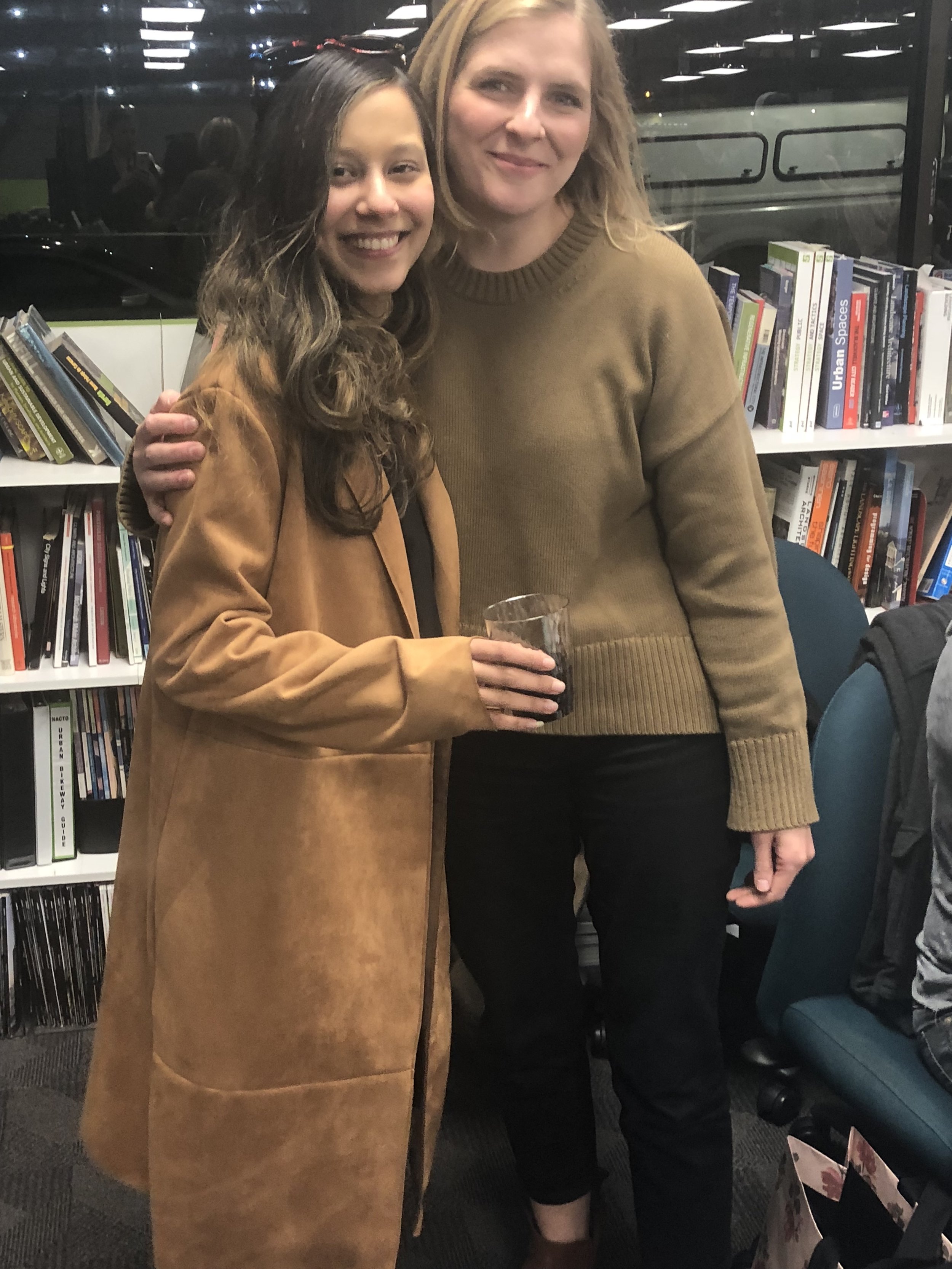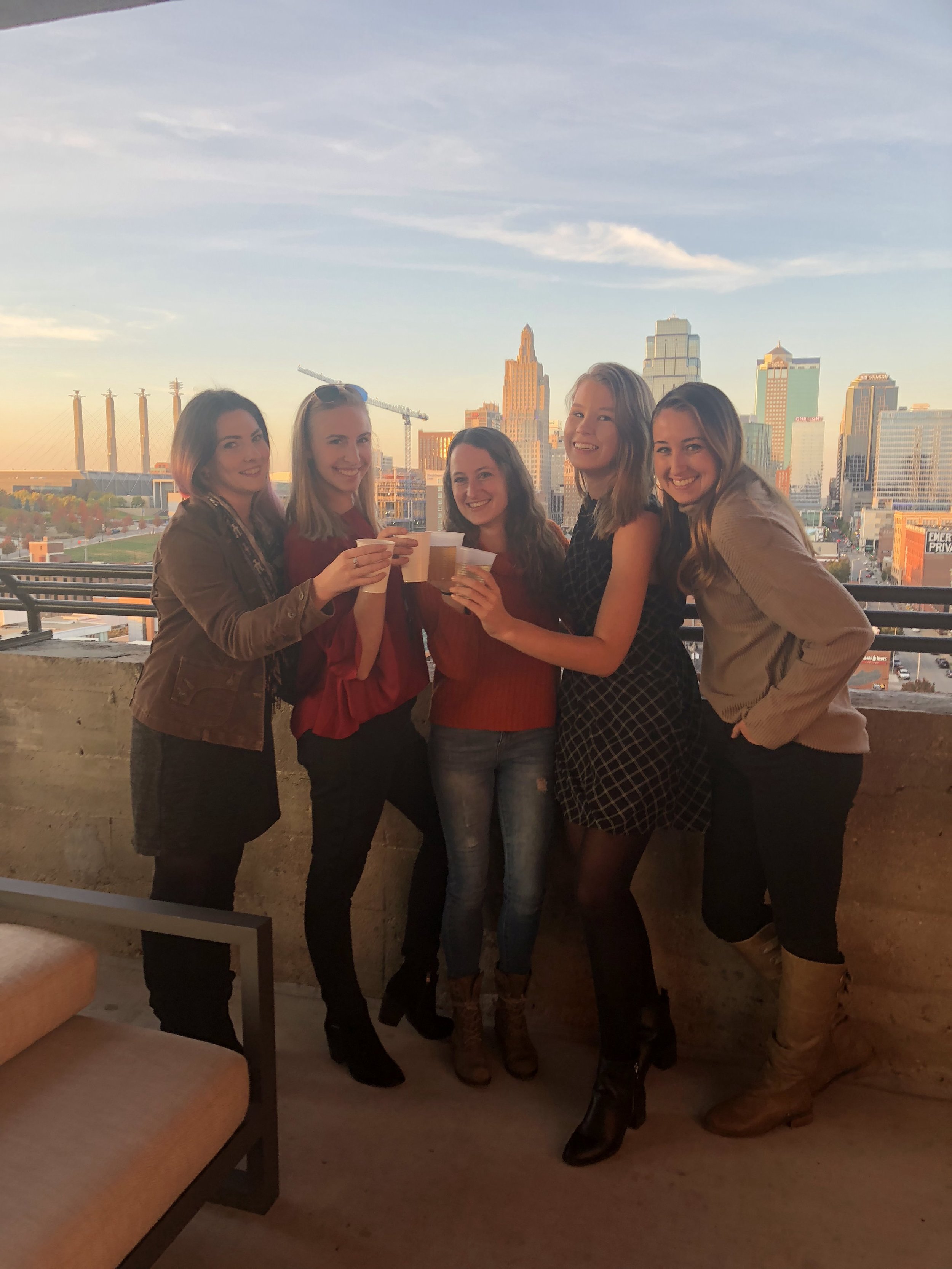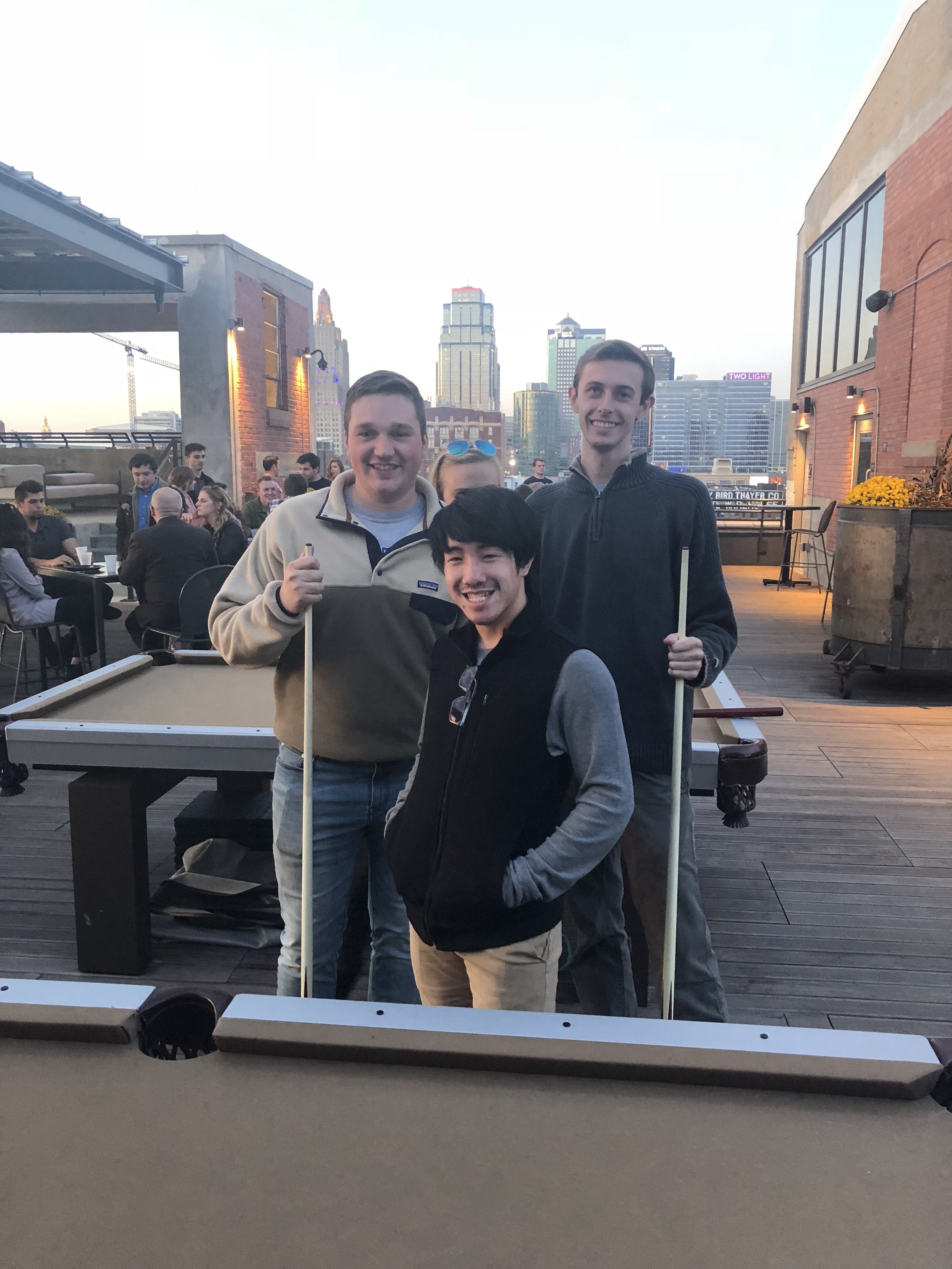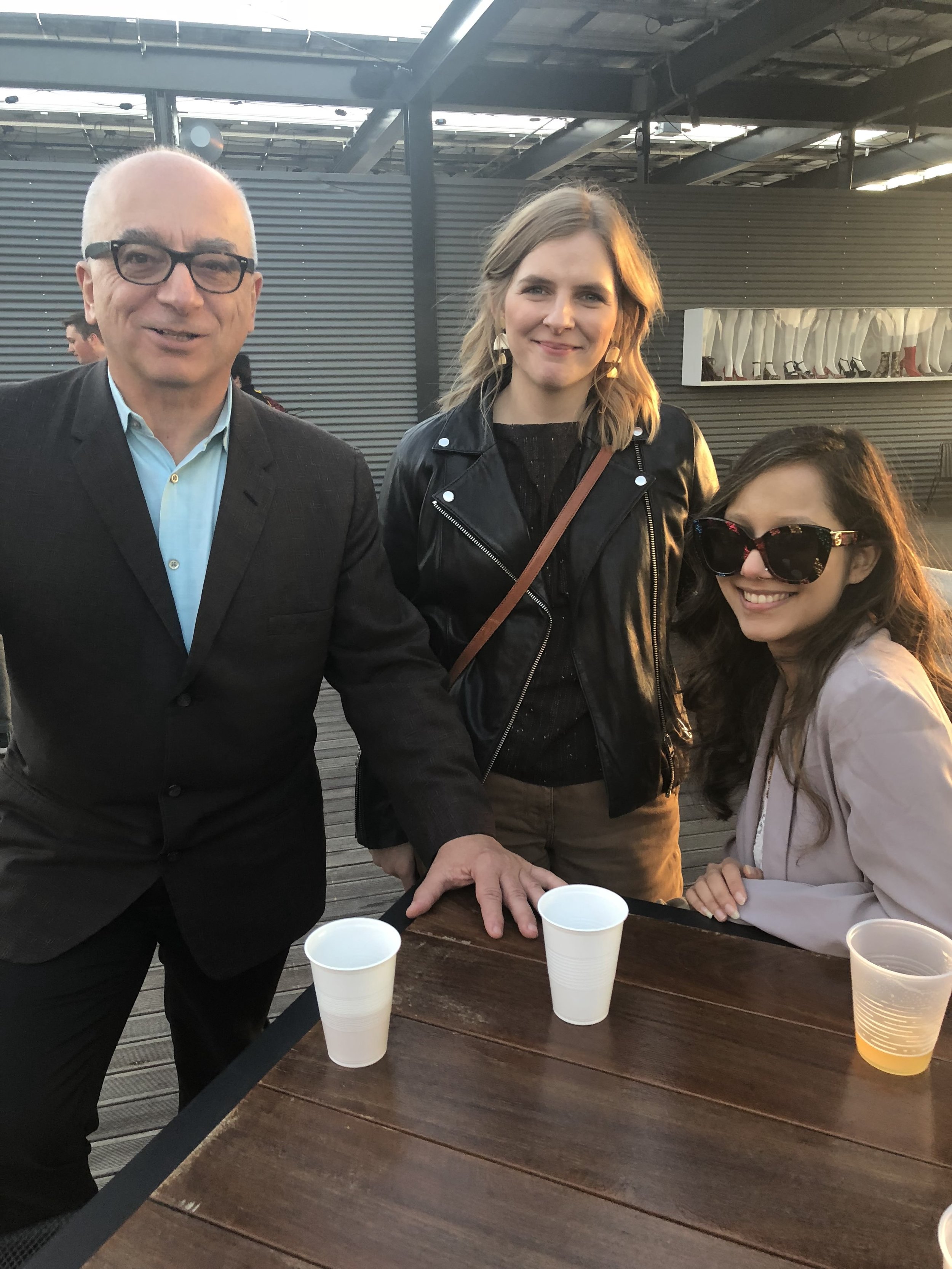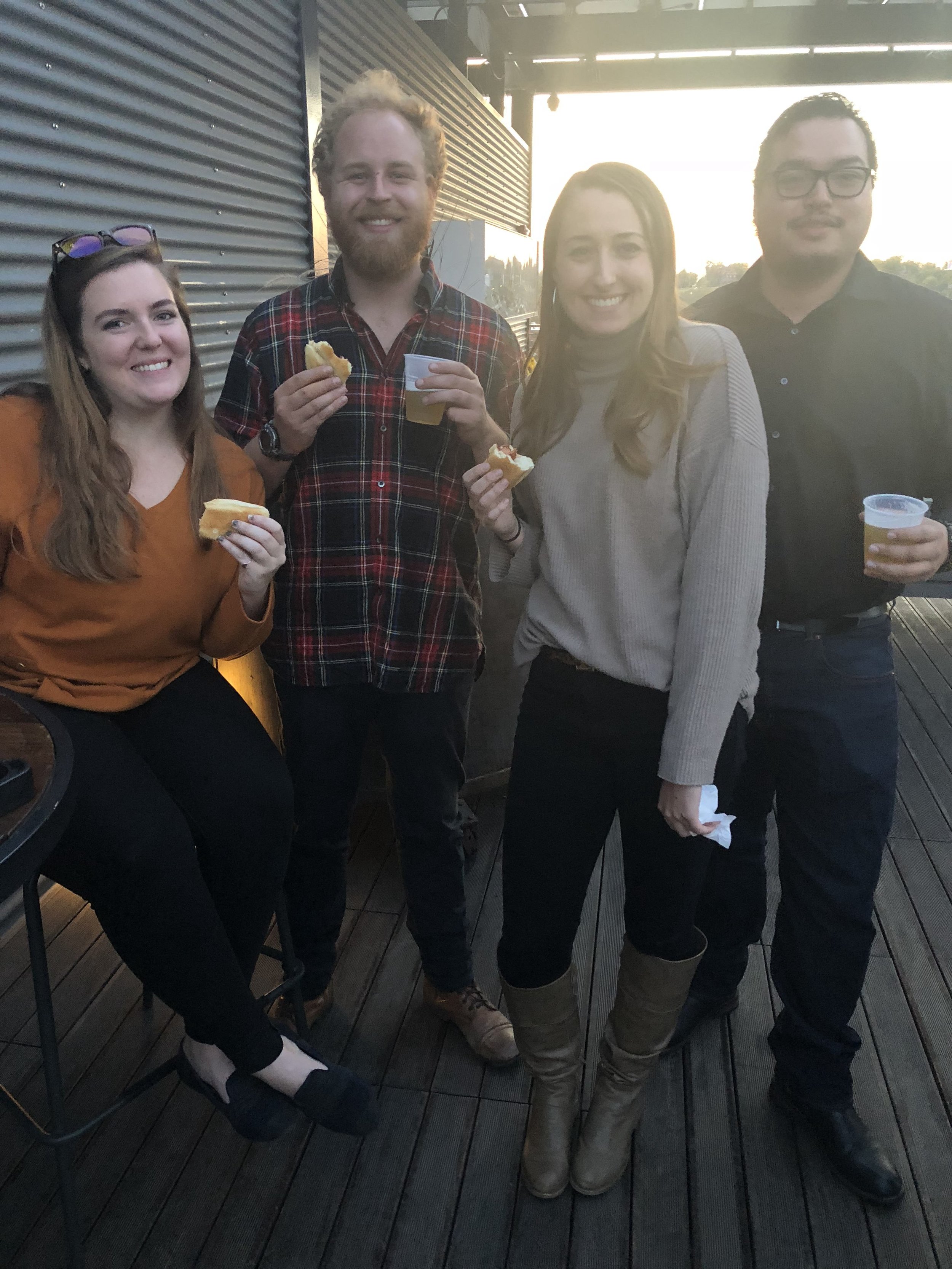After returning from holiday break, the studio split into groups and began defining urban nodes to be investigated. By looking at the key issues and existing conditions of each area, we are excited to share the selected nodes that we’ll be investigating for the remainder of the semester.
The first is an area that we’ve termed Prospect North which runs from Independence Ave to 12th Street and Truman Rd. You can see in the diagram below that we are focusing on four strategies in this area with a goal to use what's already available in addition to increasing density in a way that will define Prospect Avenue’s distinct character as a strong urban element.
The second node is the Prospect Corridor from 31st Street, Linwood Blvd. to 39th Street. In this section, there are three major points of East-West connections that we have the opportunity to activate. Check out the image below for details— our goal in this area is make this corridor more consistent, both visually and physically, in order to strengthen existing character in the area. This section would become a major bridge between the more industrial area of Prospect North and Brush Creek.
Next, we have Brush Creek. This area runs from 45th Street to 51st Street and is focused on the north/south gateways (especially addressing the huge barrier of Highway 71) and the waterfront. This area has a ton of potential with the opportunity to create a functional green space, redesigning the bridge, and taking care of all those flooding problems due to stormwater run off. In the images below you can see how these we hope to address these issues by reclaiming urban spaces, addressing the space around the bridge, and creating strong gateways.
Directly south of Brush Creek we have the Prospect Hospital Area which runs from 51st Street to Meyer Blvd. In the image below you’ll see that this area shifts from a residential/small business corridor to the Research Medical Center complex very quickly with causes a big disconnect. This area also has a ton of un-featured views to the downtown area, the Plaza, the Stadiums, Waldo Water Tower, Starlight Theater, East Bottoms and the Cerner Campus. The goal here is to encourage design that orients development to Prospect Ave or 63rd Street and creates a consistent street edge and facade system. Plus, who wouldn’t want to take advantage of those amazing views!
Our last (and southern most) node is Prospect South from Meyer Boulevard to 75th Street. This area runs parallel, right next to Highway 71— this results in a huge infrastructural barrier that causes a disconnect between the east and west sides of Prospect. In the diagrams below you will see that we utilize a permeable green space buffer on the east side of Prospect and a well defined street edge on the west as a result of infill density. This helps restore a well defined character and gets rid of un-needed parking lots and buildings.
As we continue developing ideas and meeting with our advisory council, watch our for our public meeting dates where we will engage with the communities and leaders that live and work in these areas!
